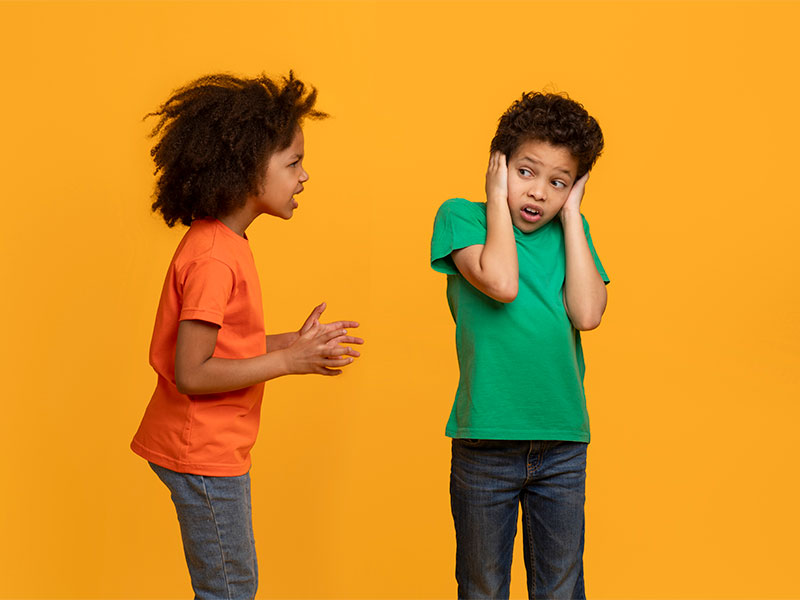Picture this: You’re at the grocery store when your 4-year-old suddenly melts down because you won’t buy the candy they desperately want. Sound familiar? If you’re nodding your head, you’re not alone in this parenting journey. Teaching emotional regulation tips for young children isn’t just about stopping the immediate tantrum—it’s about giving your child the superpower to navigate life’s emotional rollercoaster with confidence and resilience. These skills will serve them well into their teenage years and beyond, making this one of the most valuable investments you can make in your child’s future.
Understanding Emotional Regulation in Young Children
- What Is Emotional Regulation?
Think of emotional regulation as your child’s internal thermostat. Just like a thermostat maintains the perfect temperature in your home, emotional regulation helps children maintain emotional balance when life gets overwhelming. It’s the ability to recognize, understand, and manage emotions in healthy ways rather than being completely overwhelmed by them.
Emotional regulation isn’t about suppressing feelings or never getting upset. Instead, it’s about developing the tools to handle big emotions appropriately and bounce back from difficult situations.
- The Science Behind Young Brains and Emotions
Here’s something that might surprise you: your child’s brain won’t be fully developed until they’re around 25 years old! The prefrontal cortex—the part responsible for decision-making, impulse control, and emotional regulation—is still under construction during childhood and adolescence.
This means that when your 5-year-old has a meltdown over a broken cookie, they’re not being dramatic or manipulative. Their brain literally doesn’t have the fully developed tools to handle that disappointment yet. Understanding this can completely change how you approach emotional moments with your child.
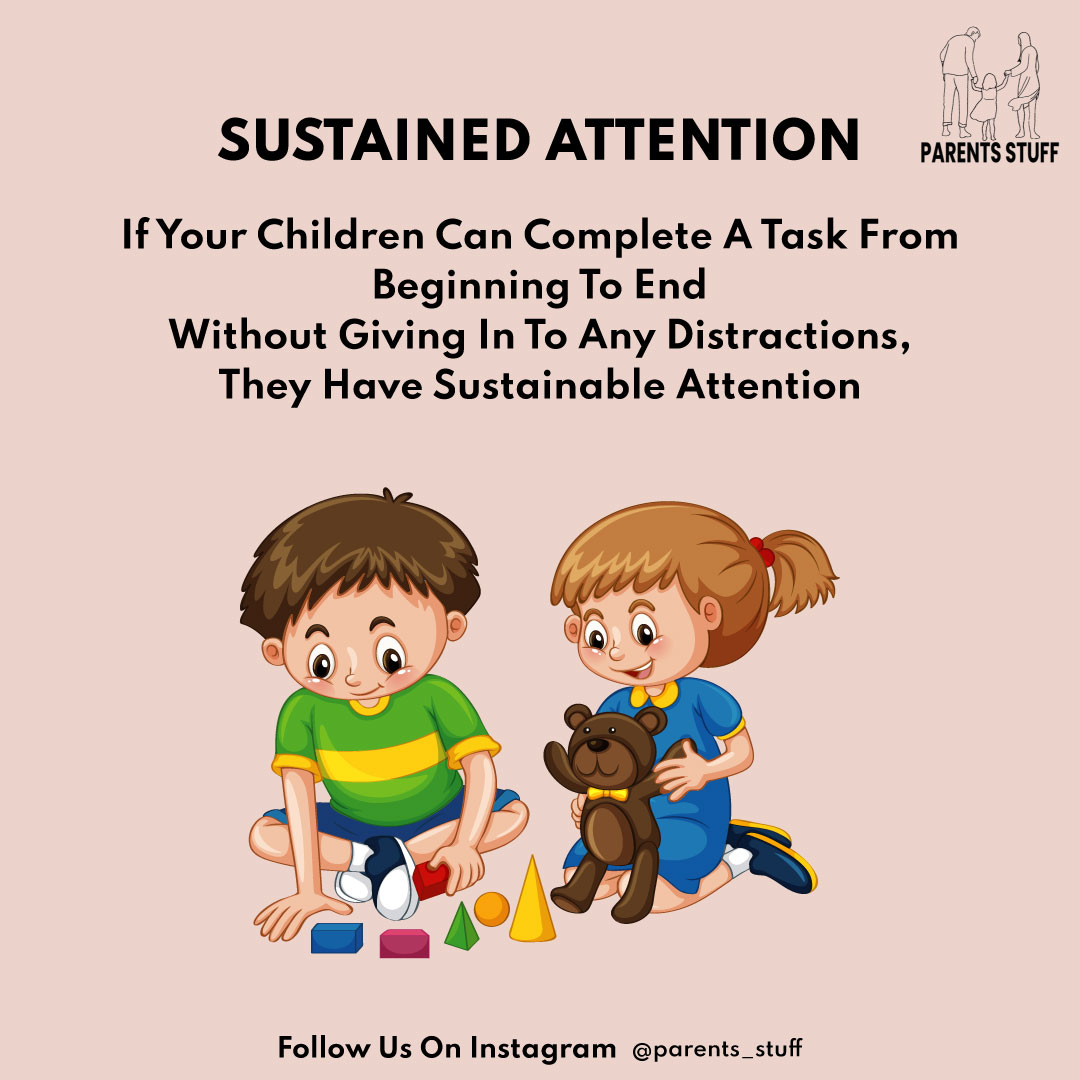
Why Emotional Regulation Matters for Your Child’s Future?
Academic Success Connection
Children who master emotional regulation skills early often perform better in school. Why? Because they can:
- Focus better in class
- Handle frustration when learning new concepts
- Build better relationships with teachers and peers
- Bounce back from disappointments like poor grades
- Manage test anxiety more effectively
Social Relationship Building
Emotionally regulated children tend to have stronger friendships and family relationships. They’re better at:
- Sharing and taking turns
- Resolving conflicts peacefully
- Showing empathy toward others
- Communicating their needs clearly
- Building trust with others
Long-term Mental Health Benefits
The emotional regulation skills your child learns now become the foundation for their mental health throughout life. These early lessons help prevent anxiety, depression, and behavioral problems later on.
Learning about benefits of digital parenting will help!
Core Emotional Regulation Tips for Young Children
1. Create a Feelings-Friendly Environment
Your home should be a safe space where all emotions are acknowledged and accepted. This doesn’t mean all behaviors are acceptable, but all feelings are valid.
Practical Steps:
- Use feeling words regularly in conversation
- Model healthy emotional expression yourself
- Avoid dismissing or minimizing your child’s emotions
- Create calm-down spaces in your home
- Display emotion charts or feeling wheels
2. Teach the “Name It to Tame It” Strategy
When children can identify and name their emotions, they automatically gain more control over them. It’s like turning on a light in a dark room—suddenly everything becomes clearer and less scary.
How to Implement:
- Help your child build an emotion vocabulary
- Ask “What are you feeling right now?” during calm moments
- Use books and stories to discuss different emotions
- Practice identifying emotions in others
- Celebrate when they successfully name their feelings
Consider enrolling in a personality development course that focuses on emotional intelligence and child development.

3. Introduce Deep Breathing Techniques
Deep breathing is like a reset button for the nervous system. Teaching young children simple breathing exercises gives them a tool they can use anywhere, anytime.
Child-Friendly Breathing Exercises:
- Balloon Breathing: Pretend to inflate a balloon slowly, then let it deflate
- Flower Power: Smell a flower (inhale slowly), blow out the candle (exhale slowly)
- Bunny Breathing: Three quick sniffs in, one long breath out
- Square Breathing: Breathe in for 4, hold for 4, out for 4, hold for 4
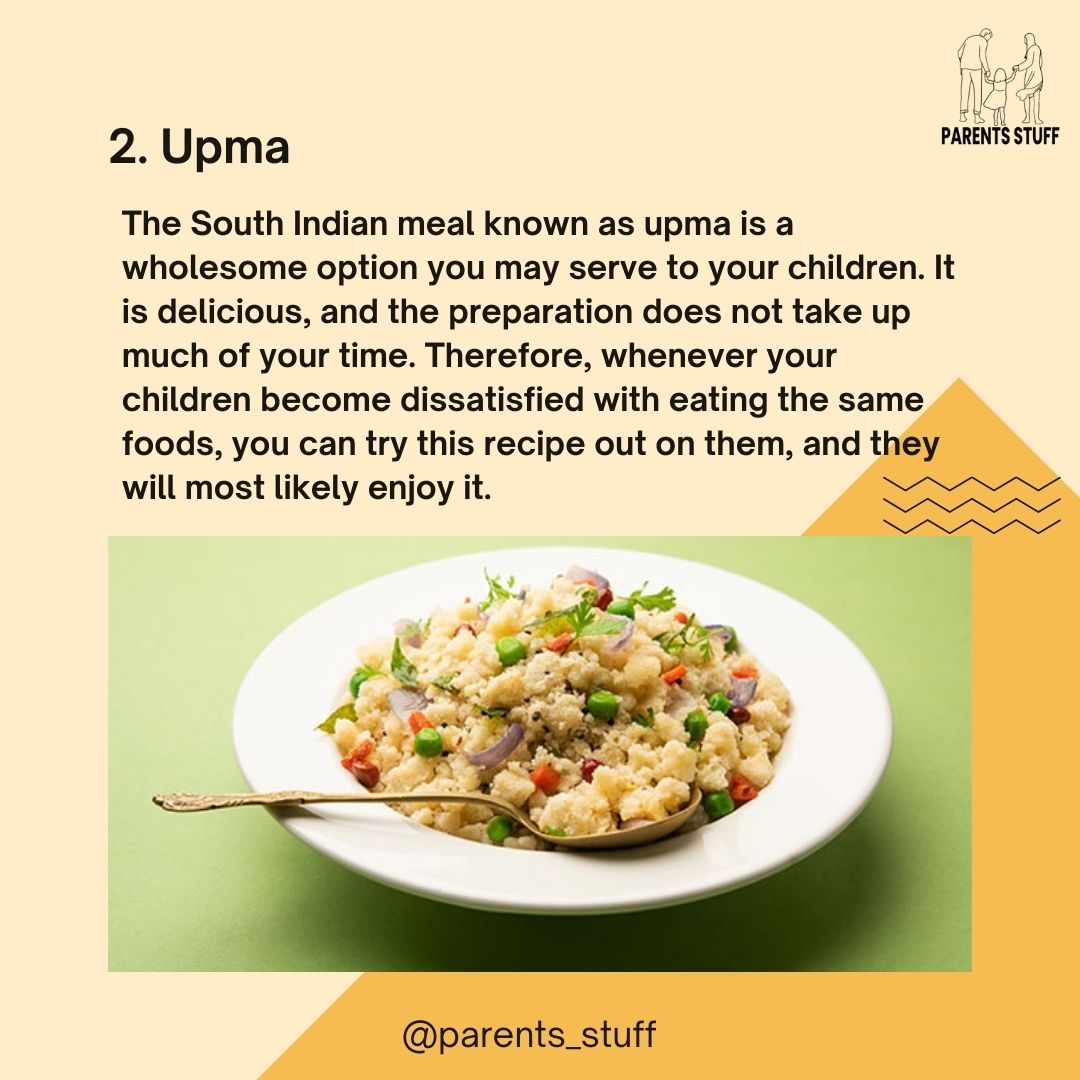
4. Establish Consistent Routines
Predictable routines provide emotional security and reduce anxiety. When children know what to expect, they feel more in control and less likely to become emotionally dysregulated.
Routine Elements That Support Emotional Regulation:
- Regular sleep schedules
- Predictable meal times
- Consistent bedtime rituals
- Morning routines that set a positive tone
- Transition warnings (“In 5 minutes, we’re leaving the park”)
5. Use the “Pause and Choose” Method
This technique teaches children to pause between feeling an emotion and acting on it. It’s the foundation of impulse control and thoughtful decision-making.
Steps to Teach:
- Stop: Freeze like a statue when you feel a big emotion
- Breathe: Take three deep breaths
- Think: What are my choices?
- Choose: Pick the best choice for the situation
Age-Specific Strategies
Ages 2-3: The Foundation Years
At this age, children are just beginning to understand that they have emotions separate from their actions.
Focus Areas:
- Simple emotion words (mad, sad, happy, scared)
- Basic comfort strategies (hugs, favorite toy, quiet space)
- Consistent responses to emotional outbursts
- Modeling calm behavior during your own emotional moments
Ages 4-5: The Building Years
Preschoolers can begin to understand cause and effect in emotional situations and learn more sophisticated coping strategies.
Focus Areas:
- Expanded emotion vocabulary
- Simple problem-solving skills
- Beginning empathy development
- Introduction of calm-down techniques
- Story-based learning about emotions
Ages 6-8: The Application Years
School-age children can understand more complex emotional concepts and begin applying regulation skills independently.
Focus Areas:
- Self-monitoring emotional states
- Independent use of coping strategies
- Understanding emotional triggers
- Developing emotional intelligence
- Building resilience skills
- Creating Emotional Regulation Tools and Activities
The Calm-Down Kit
Create a special box or corner with tools your child can use when feeling overwhelmed:
- Stress ball or fidget toys
- Favorite stuffed animal
- Calming music playlist
- Art supplies for emotional expression
- Book of breathing exercises
- Photos of happy memories
Emotion Tracking Charts
Visual tools help children recognize patterns in their emotions and celebrate progress:
- Daily emotion check-ins
- Weather emotion charts (stormy, sunny, cloudy)
- Emotion thermometers
- Feeling journals with pictures
- Progress celebration stickers
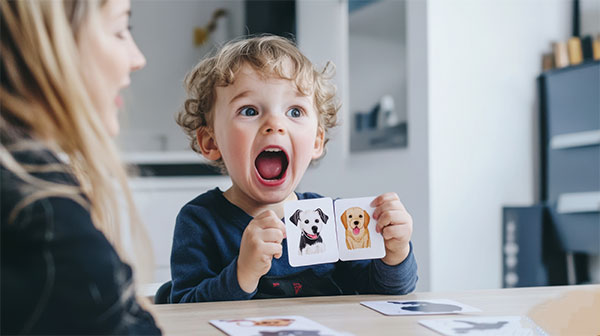
Role-Playing Games
Practice emotional scenarios through play:
- “What would you do if…” scenarios
- Puppet shows about feelings
- Acting out solutions to common problems
- Emotion charades
- Story creation about emotional challenges
When Challenges Arise: Troubleshooting Common Issues
The Never-Ending Tantrum
What’s Happening: Your child seems stuck in an emotional loop and can’t calm down.
Your Response:
- Stay calm and present
- Don’t try to reason during the storm
- Ensure safety first
- Use minimal words
- Wait for the intensity to decrease before engaging
The Emotional Shutdown
What’s Happening: Your child withdraws and won’t talk about their feelings.
Your Response:
- Respect their need for space initially
- Stay nearby and available
- Use gentle, non-demanding approaches
- Try creative expression (drawing, play)
- Be patient—connection will come
You may be interested in learning tips for social inhibition
The Explosive Anger
What’s Happening: Your child’s anger feels disproportionate to the situation.
Your Response:
- Look for underlying needs (hunger, tiredness, overwhelm)
- Validate the emotion while setting behavior limits
- Teach appropriate ways to express anger
- Practice prevention strategies
- Consider if additional support is needed
- Building Long-Term Emotional Intelligence
The Connection to Personality Development
The emotional regulation skills your child learns now directly impact their personality development skills. Children who master emotional regulation tend to develop:
- Greater self-confidence
- Stronger leadership abilities
- Better communication skills
- Increased empathy and social awareness
- More resilience in facing challenges
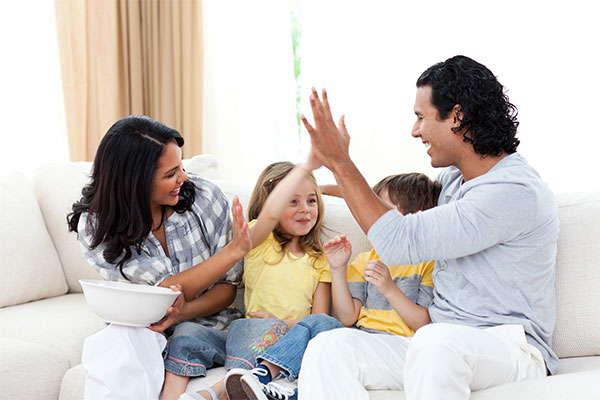
These foundational skills become even more critical as children enter their teenage years, when emotional intensity often increases and social pressures mount.
Investing in Professional Development
Sometimes, despite your best efforts, you might feel like you need additional support in helping your child develop these crucial skills. This is completely normal and shows your commitment to your child’s growth.
These courses can provide you with:
- Advanced strategies for emotional coaching
- Understanding of child psychology
- Tools for handling complex emotional situations
- Support from other parents facing similar challenges
- Professional guidance on when to seek additional help
The Role of Modeling in Emotional Development
Your Emotional Regulation Matters Too
Children are like emotional sponges—they absorb everything they see and experience. Your own emotional regulation (or lack thereof) becomes their template for handling emotions.
Key Modeling Behaviors:
- Acknowledge your own emotions openly
- Demonstrate healthy coping strategies
- Apologize when you handle emotions poorly
- Show that emotions are temporary
- Practice self-care and stress management
Creating Family Emotional Rules
Establish clear, positive guidelines for emotional expression in your family:
- All feelings are okay, but not all actions are okay
- We use words, not hands, when we’re upset
- We take breaks when emotions feel too big
- We help each other when someone is struggling
- We celebrate emotional growth and effort
Special Considerations for Different Temperaments
- The Highly Sensitive Child
Some children feel emotions more intensely than others. These children need:
- Extra preparation for transitions
- Quieter environments when possible
- More time to process emotions
- Validation of their intense feelings
- Gentle approaches to new situations
2. The Explosive Child
Some children have quick, intense emotional reactions. They benefit from:
- Clear, consistent boundaries
- Lots of practice with calm-down techniques
- Physical outlets for big emotions
- Predictable routines
- Professional support if needed
3. The Internalizing Child
Some children hold emotions inside rather than expressing them outwardly. Watch for:
- Changes in sleep or appetite
- Withdrawal from favorite activities
- Physical complaints without medical cause
- Perfectionist tendencies
- Need for gentle encouragement to express feelings
Frequently Asked Questions
Q: At what age should I start teaching emotional regulation skills? A: You can start as early as 18 months with very simple concepts like naming emotions and offering comfort. However, more structured emotional regulation techniques typically begin around age 3-4 when children have better language skills and self-awareness.
Q: How long does it take for children to learn emotional regulation?
A: Emotional regulation is a lifelong skill that develops gradually. You might see initial improvements within weeks of consistent practice, but mastery continues developing well into adulthood. The key is patience and consistent practice.
Q: What if my child’s emotional reactions seem more intense than other children their age?
A: Children have different temperaments and emotional intensities. Some are naturally more sensitive or reactive. If you’re concerned about the frequency or intensity of emotional outbursts, consult your pediatrician or a child psychologist for guidance.
Q: Should I ignore tantrums or pay attention to them?
A: Never ignore your child’s emotions, but you don’t need to give attention to inappropriate behaviors. Stay calm, ensure safety, validate their feelings, and guide them toward better ways to express emotions once they’ve calmed down.
Q: How can I help my child with emotional regulation when I struggle with it myself?
A: Working on your own emotional regulation is one of the best gifts you can give your child. Consider therapy, parenting classes, or personal development courses. Remember, it’s okay to be a work in progress—children benefit from seeing that everyone continues learning emotional skills.
You may be interested in strategies for raising resilient children
Conclusion
Teaching emotional regulation tips for young children is like giving them a compass for life’s emotional journey. These skills won’t just help them navigate childhood tantrums—they’re building the foundation for healthy relationships, academic success, and mental wellness throughout their lives.
Remember, you don’t have to be perfect at this. Emotional regulation is a skill that even adults continue to develop and refine. What matters most is your consistent effort, patience, and willingness to learn alongside your child. Every time you help them name their emotions, practice a breathing exercise, or work through a difficult moment together, you’re investing in their future success and happiness.
The journey from tantrums to triumphs isn’t always smooth, but with the right tools, support, and mindset, you can help your child develop the emotional intelligence they need to thrive. Start where you are, use what resonates with your family, and celebrate every small step forward. Your child’s future self will thank you for the emotional foundation you’re building today.

